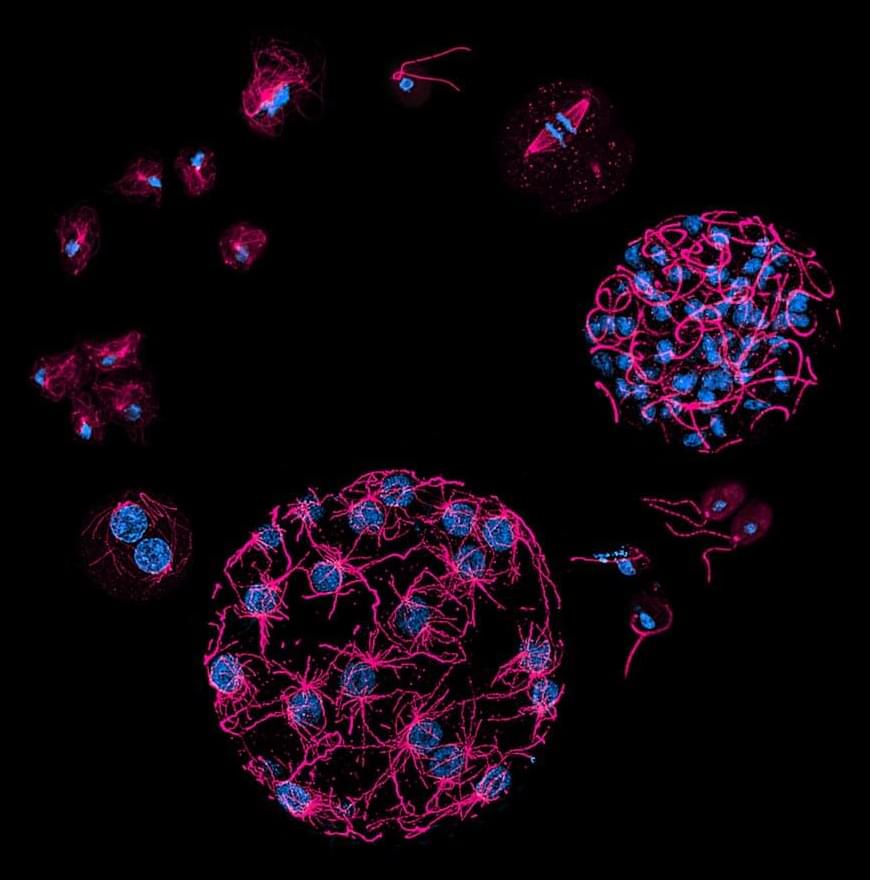Multicellular organisms (animals, plants, humans) all have the ability to methylate the cytosine base in their DNA. This process, a type of epigenetic modification, plays an important role in conditions such as cancer and processes such as aging.
In a paper appearing in Nature Genetics, researchers discover that in more “primitive” unicellular organisms, both the adenine and the cytosine bases are methylated. This would suggest that in some ways, these unicellular organisms are more complex than their multicellular peers.
The team also found that methylation of the adenine base was, in the case of many of these unicellular organisms, vital for controlling which genes are switched on, which is important for their viability.







